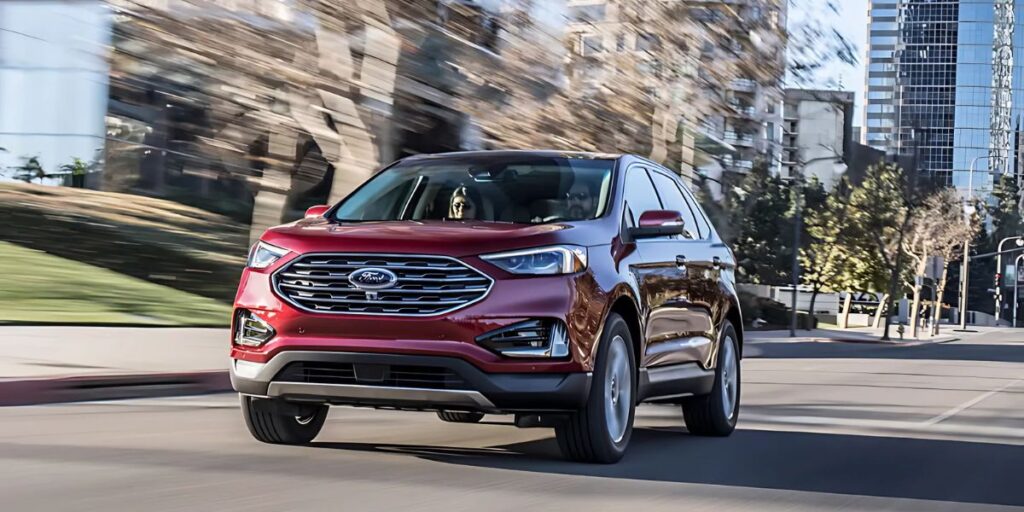The National Highway Traffic Safety Administration (NHTSA) has initiated a fresh investigation into over 1.18 million Ram pickup trucks following reports that vehicles previously repaired under a recall may still be at risk of unintended rollaway. This comes after a series of complaints and injury reports surfaced years after the original safety fixes were applied, raising questions about the long-term effectiveness of those remedies.
Which Vehicles Are Affected?
The investigation covers:
- Ram 1500
- Ram 2500
- Ram 3500
Model years: 2013 through 2018
These models were part of two previous recalls:
- Recall 17V-821 issued in 2017, which affected approximately 1.5 million vehicles.
- Recall 18V-100 issued in 2018, which involved an additional 180,000 trucks.
At the time, both recalls focused on a defect in the brake transmission shift interlock (BTSI) system, particularly in trucks equipped with a column-mounted gear shifter.
Understanding the Problem: What Is BTSI and Why Does It Matter?
The BTSI system is a key safety feature that prevents a driver from shifting out of “Park” unless the brake pedal is pressed and the key is in the ignition. In the affected Ram models, the BTSI system could fail and remain stuck in the “open” position, allowing the truck to shift out of “Park” without the brake being applied or the key being present.
This malfunction significantly increases the risk of the vehicle rolling away unexpectedly, especially if parked on an incline or without the parking brake engaged.
Why Is the NHTSA Investigating Again?
Despite the original recalls and fixes being implemented, NHTSA’s Office of Defects Investigation (ODI) has recently received:
- 14 new complaints from Ram owners
- Six reports of injuries that allegedly occurred due to post-recall rollaway incidents
All of these complaints were logged after the recall remedies had already been completed, indicating that the initial solution may not have fully addressed the core safety issue.
According to the agency, no fatalities have been reported so far. However, the existence of injury reports post-recall suggests that the risk remains unacceptably high for some owners.
What Is the Goal of This New Probe?
The investigation aims to determine:
- Whether the recall repairs were sufficient in resolving the rollaway risk.
- If new failure mechanisms are contributing to the ongoing BTSI malfunction.
- The root cause of continued complaints, despite past corrective actions.
- If additional safety measures or a secondary recall may be necessary.
This is currently a preliminary evaluation, not a formal recall. However, depending on findings, the process could lead to a wider safety campaign or a revised recall impacting millions of Ram truck owners.
What Should Ram Truck Owners Do Right Now?
If you drive a Ram 1500, 2500, or 3500 from model years 2013–2018, especially one with a column-mounted shifter, here’s what you can do:
- Check your vehicle’s recall history using your VIN on NHTSA.gov.
- If your vehicle was part of the 2017 or 2018 recall, monitor for any abnormal gear-shifting behavior.
- Always engage the parking brake when parked, especially on an incline.
- Report any issues or malfunctions directly to NHTSA’s Early Warning Program.
What’s Next?
NHTSA will continue collecting data and conducting internal reviews to assess the severity and scope of the potential defect. Depending on its findings, Ram’s parent company, Stellantis (formerly FCA), may be required to implement additional corrective actions or issue a new round of recalls.
In the meantime, the agency is urging Ram owners and service centers to remain alert to signs of BTSI failure, and to report incidents promptly to help build a clearer picture of the issue.
Conclusion: A Reminder of Why Recall Effectiveness Matters
This new investigation serves as a reminder that recall repairs are not always the final solution. When millions of vehicles are involved, even a small percentage of faulty fixes can pose a major public safety risk. As more data comes in, CarNewsWorld will continue to follow the investigation closely and provide updates for all affected truck owners.














